Periodontitis is a chronic inflammatory disease of the teeth and their supporting structures, usually caused by bacterial infections in the mouth. As periodontitis progresses, it can lead to damage to the gums, periodontal ligament, alveolar bone, and other tissues, which may eventually result in tooth loss if left untreated. While periodontitis may not show obvious symptoms in its early stages, it can cause significant harm to oral health if not addressed. Therefore, how to effectively treat and prevent periodontitis, restore oral health, and eliminate inflammation is a critical concern for many patients. This article will provide a detailed guide on how to effectively manage periodontitis through scientific treatment methods, proper daily care, and healthy lifestyle habits, aiming to eliminate inflammation and restore gum and tooth health.
1. Overview of Periodontitis
1.1 Definition of Periodontitis
Periodontitis is a chronic inflammation caused by bacterial plaque, which typically begins as gingivitis (inflammation of the gums). If untreated, the inflammation can extend to the alveolar bone and periodontal ligament, ultimately leading to periodontitis. Periodontitis is not just an issue of swollen gums and bleeding but can affect the supporting structures of the teeth, causing tooth mobility and even tooth loss. Symptoms of periodontitis include gum redness, swelling, bleeding, bad breath, and tooth loosening.
1.2 Causes of Periodontitis
The root cause of periodontitis is the accumulation of bacterial plaque. Plaque is a sticky substance made up of food debris, bacteria, and their by-products. If not removed in time, bacteria can proliferate on the tooth surface and gum line, leading to the formation of tartar and further inflammation of the gums.
In addition, several factors can contribute to the development and progression of periodontitis:
- Poor Oral Hygiene: Irregular brushing, neglecting flossing and mouth rinsing can lead to the accumulation of plaque, a major cause of periodontitis.
- Smoking: Smoking reduces the immune response of the gums and increases the risk of periodontal diseases.
- Genetic Factors: People with a family history of periodontal disease are at higher risk of developing periodontitis.
- Diabetes: Uncontrolled blood sugar levels in diabetics can make them more prone to oral bacterial infections, which can lead to periodontitis.
- Hormonal Changes: Hormonal changes during pregnancy, menopause, or while using birth control pills can increase the risk of periodontitis in women.
- Poor Diet: A diet lacking in nutrients, or one that is high in sugar, can weaken oral health and contribute to periodontal disease.
- Immune System Diseases: Conditions such as HIV/AIDS or leukemia can weaken the immune system, making it more susceptible to oral infections like periodontitis.
- Misaligned Teeth: Crooked or crowded teeth can make it difficult to clean between the teeth properly, leading to plaque accumulation and inflammation.
1.3 Classification of Periodontitis
Periodontitis can be classified into mild, moderate, and severe stages:
- Mild Periodontitis: Typically involves slight gum swelling, redness, and minor bleeding, with little to no discomfort for the patient.
- Moderate Periodontitis: Gum inflammation becomes more pronounced, with more frequent bleeding, and teeth may begin to show signs of looseness.
- Severe Periodontitis: The gums are severely inflamed and may discharge pus; the teeth are noticeably loose, and there may even be tooth loss.
2. Symptoms of Periodontitis
The symptoms of periodontitis may be subtle, especially in the early stages. Common symptoms include:
- Gum Bleeding: Bleeding gums, especially when brushing or using dental floss.
- Swollen and Red Gums: Inflamed gums that appear redder and swollen.
- Bad Breath or a Bad Taste: Infected gums can cause the accumulation of bacteria that leads to bad breath.
- Loose Teeth: Loss of support from the bone and soft tissue causes the teeth to become loose.
- Increased Gaps Between Teeth: Loss of periodontal tissue can lead to wider spaces between teeth.
- Gum Recession: Over time, periodontitis may cause the gums to recede, exposing the roots of the teeth.
- Pain or Discomfort: In more severe cases, periodontitis can cause pain, especially if the infection has progressed.

3. How to Treat Periodontitis
3.1 Professional Treatment
While daily care can help prevent periodontitis, seeking professional treatment is crucial once the disease has progressed. Treatment methods usually include the following:
3.1.1 Professional Cleaning and Scaling
For mild and moderate periodontitis, the most common treatment is professional cleaning, which involves removing plaque, tartar, and toxins to reduce bacterial infection and inflammation of the gums. Common methods include:
- Ultrasonic Scaling: Using ultrasound technology to remove plaque and tartar from both above and below the gumline.
- Hand Scaling: Manual scraping of tartar and plaque from beneath the gumline to help restore gum health.
3.1.2 Periodontal Surgery
If periodontitis has progressed to moderate or severe stages, and damage to the gum tissue and alveolar bone is significant, periodontal surgery may be necessary. Common surgical options include:
- Flap Surgery: Involves cutting open the gums to remove deep-seated plaque and tartar, as well as repairing damaged bone structures.
- Bone Grafting: Bone grafts are used to repair damaged alveolar bone in cases where significant bone loss has occurred.
- Periodontal Regeneration: Biological membranes or other materials are used to promote the regeneration of periodontal tissues, including the alveolar bone and periodontal ligament.
3.1.3 Medication
In some cases, your dentist may prescribe medication to help manage periodontitis. These may include:
- Antibiotics: To control bacterial infection in the mouth.
- Antibacterial Mouthwash: Mouth rinses containing antibacterial agents to reduce bacteria and inflammation in the mouth.
- Nonsteroidal Anti-inflammatory Drugs (NSAIDs): To reduce pain and inflammation.
3.2 Daily Care
In addition to professional treatments, daily oral care is vital for controlling and eliminating the symptoms of periodontitis. Effective care methods include:
3.2.1 Proper Brushing
Brushing your teeth is the most fundamental and essential oral hygiene practice. Studies show that proper brushing can remove food debris and plaque from the surface of your teeth, preventing cavities and gum disease.
- Correct Brushing Technique: Use a soft-bristled toothbrush, hold it at a 45-degree angle, and use gentle, circular motions instead of scrubbing back and forth. Brush all surfaces of the teeth—outer, inner, and chewing surfaces. Brush for at least two minutes twice a day.
3.2.2 Flossing
Flossing is essential for cleaning the spaces between teeth where toothbrushes may not reach. Flossing helps remove food particles and plaque from between the teeth, reducing the risk of cavities and gum disease. It is especially important for patients with periodontitis to floss daily.
3.2.3 Mouthwash
Using a mouthwash that contains antibacterial agents or fluoride can help reduce bacteria in the mouth, alleviate gum inflammation, and prevent periodontal disease from returning. Mouthwash should be used as a supplement to brushing and flossing, not as a replacement.
3.2.4 Healthy Diet
A well-balanced diet enhances your body’s immune response and promotes gum health. Include foods rich in vitamin C, vitamin D, calcium, and phosphorus to support gum health and strong teeth. Avoid excessive sugary foods that can increase the growth of harmful bacteria in the mouth.
3.3 Lifestyle Changes
3.3.1 Quit Smoking
Smoking is one of the major risk factors for periodontitis. It reduces the immune system’s ability to combat infection in the gums, accelerates the progression of periodontitis, and worsens oral health. Quitting smoking not only benefits oral health but also improves overall health.
3.3.2 Manage Diabetes
Diabetes causes unstable blood sugar levels, which make the body more susceptible to infections, including in the mouth. By controlling blood sugar levels, diabetic patients can reduce the risk of developing periodontitis.
3.3.3 Regular Dental Checkups
Regular dental visits are necessary for maintaining oral health, whether or not symptoms of periodontitis are present. Your dentist can detect signs of periodontal disease early and provide timely treatment to prevent the condition from worsening.
4. Conclusion
Periodontitis is a common oral disease, but it can be effectively controlled and eliminated with early detection, appropriate treatment, and good daily oral care habits. The key to treating periodontitis lies in following a combination of professional treatment and good at-home care, along with adopting healthy lifestyle habits. Avoiding smoking, controlling diabetes, and maintaining regular dental checkups will also help prevent the recurrence of periodontitis. By practicing good oral hygiene, maintaining a healthy diet, and leading a healthy lifestyle, we can protect our teeth and gums and enjoy long-term oral health.


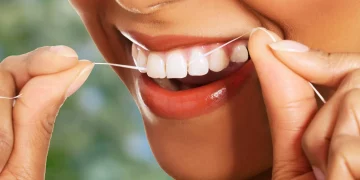



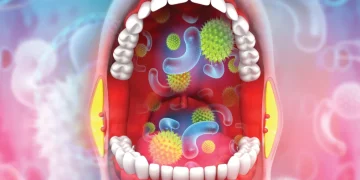
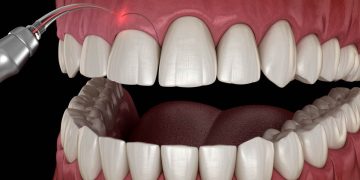
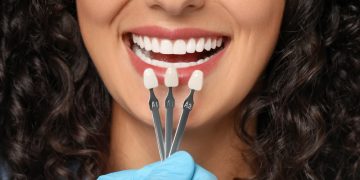


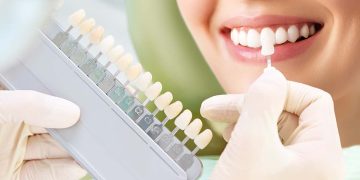













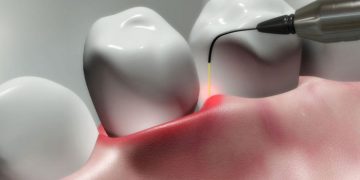


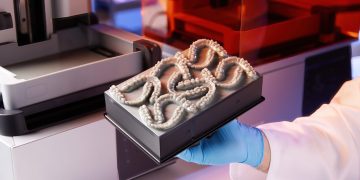

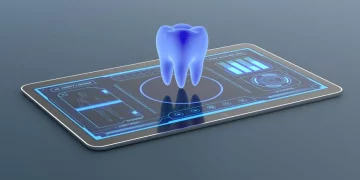














Discussion about this post